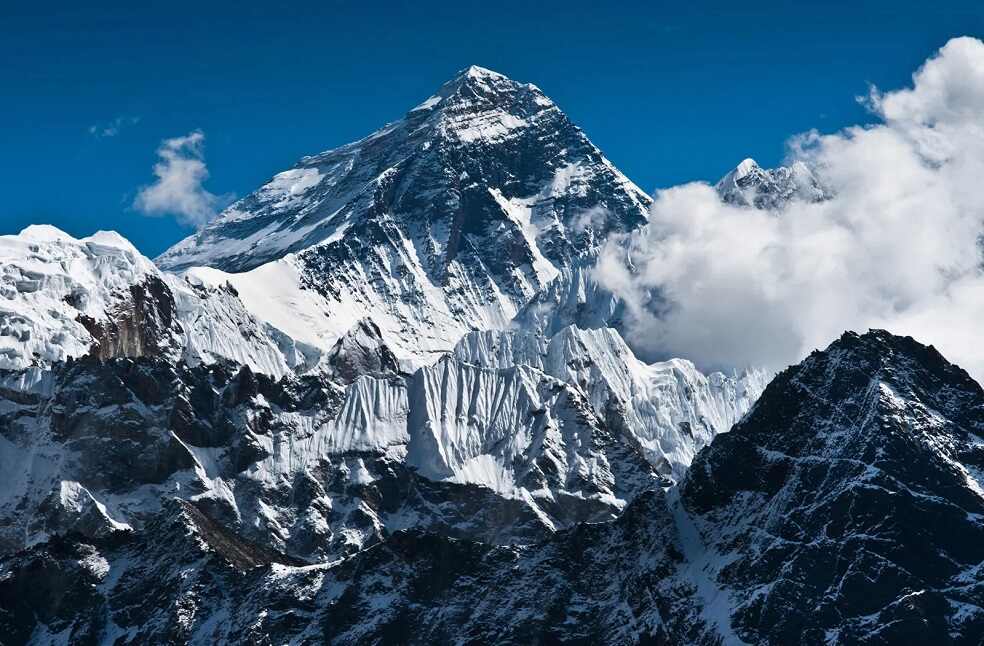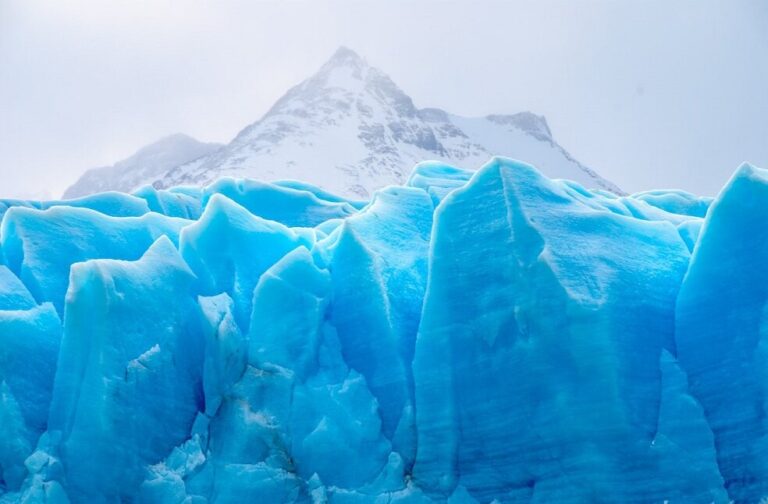Nepal: Glaciers in Asia’s Hindu Kush Himalayas are rapidly melting and could diminish by up to 75 percent by the end of the century, according to a report by the International Centre for Integrated Mountain Development (ICIMOD). This poses a severe threat of flooding and water scarcity for the approximately 2 billion people residing downstream of the region’s twelve rivers. The report emphasizes that flash floods and avalanches will become more frequent in the coming years, impacting the availability of freshwater for the 240 million individuals living in the area and an additional 1.65 billion people downstream.
The study highlights the vulnerability of communities in these mountainous regions, which have contributed minimally to global warming but face considerable risks due to climate change. Ms. Amina Maharjan, a migration specialist and one of the report’s authors, expresses concern over the inadequacy of current adaptation efforts and the potential inability of these communities to cope without greater support.
Prior reports have indicated that cryosphere regions, characterized by snow and ice cover, are among the most severely affected by climate change. Recent research reveals that Mount Everest’s glaciers have lost the equivalent of 2,000 years’ worth of ice over the past three decades. The ICIMOD report establishes crucial connections between cryosphere changes, water resources, ecosystems, and society in the mountainous region.

The study reveals that Himalayan glaciers are disappearing at a rate 65 percent faster since 2010 compared to the previous decade. It further asserts that the changes caused by global warming in the region’s glaciers, snow, and permafrost are both unprecedented and predominantly irreversible.
The report predicts that a temperature increase of 1.5 to 2 degrees Celsius above preindustrial levels will result in glaciers across the entire region losing 30 to 50 percent of their volume by 2100. However, the extent of glacier melting depends on location. If global warming reaches 3 degrees Celsius, glaciers in the Eastern Himalayas, encompassing Nepal and Bhutan, could lose up to 75 percent of their ice. This figure rises to 80 percent with a temperature increase of 4 degrees Celsius.
Philippus Wester, an environmental scientist and ICIMOD fellow who led the report, laments the alarming rate at which glaciers are vanishing, emphasizing that they will be virtually gone within a century. Urgent action is necessary to address this crisis and support the affected communities.



